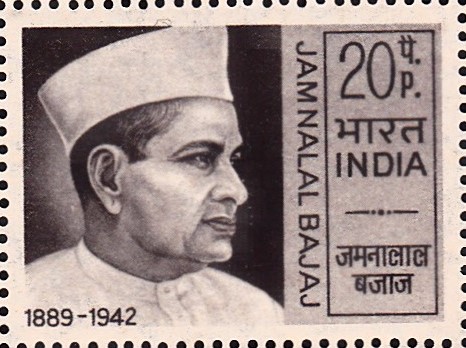
Jamnalal Bajaj
A commemorative postage stamp on the Birth Anniversary of Jamunalal Bajaj, an Indian industrialist, philanthropist and freedom fighter, treasurer of Indian National Congress (INC), founder of Bajaj Group of companies :

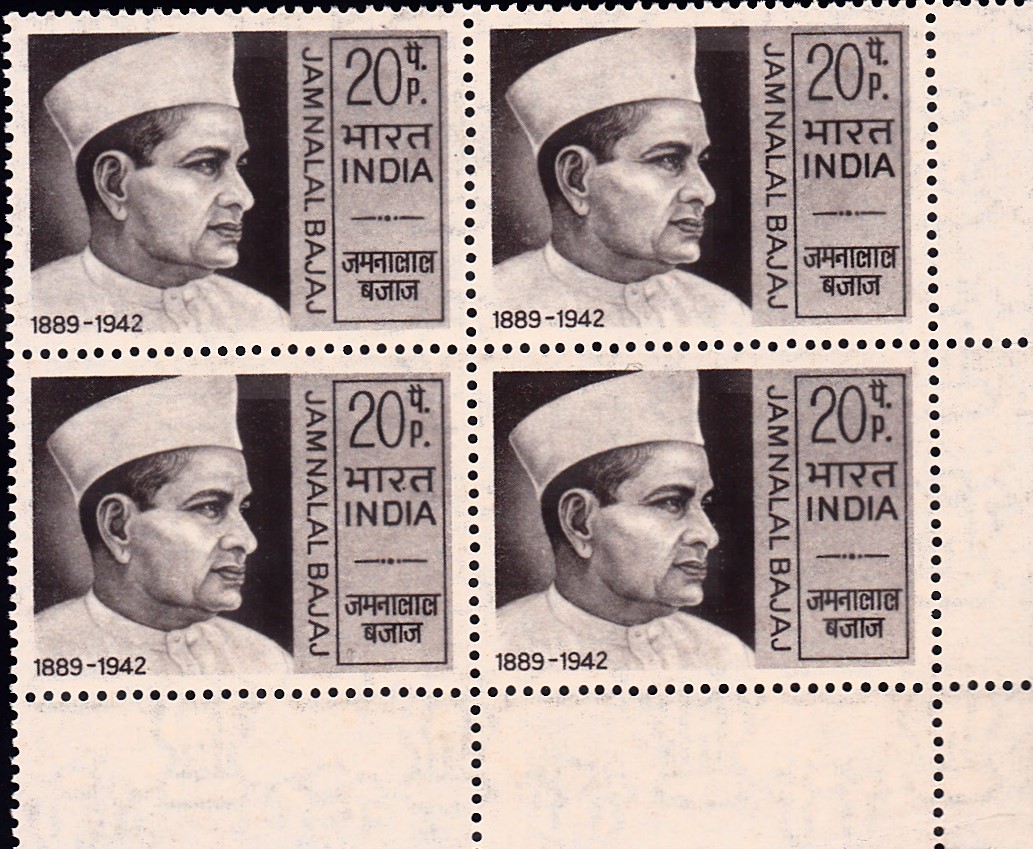 Issued by India
Issued by India
Issued on Nov 4, 1970
Issued for : The P & T Department feels proud in bringing out a special commemorative stamp in honour of this true patriot and noble son of India, who was an embodiment of all the best in Indian culture and tradition.
Description of Design : The design of the stamp is horizontal and depicts a portrait of Jamnalal Bajaj.
Type : Block of 4 Stamps, Mint Condition
Colour : Suede Grey
Denomination : 20 Paisa
Overall Size : 3.91 X 2.90 cms.
Printing Size : 3.56 X 2.54 cms.
Perforation : 13 x 13
Watermark : Printed on watermarked adhesive stamp paper
Number Printed : 30,00,000
Number per issue sheet : 35
Printing Process : Photogravure
Designed and Printed at : India Security Press
Name : Jamnalal Bajaj
Born on Nov 4, 1889 at Kashi ka Bas, near Sikar, Rajasthan, India
Died on Feb 11, 1942 at Wardha, Maharashtra, India
About :
- Jamnalal Bajaj was born of a poor family in the village of Kashi-ka-Bas in the erstwhile State of Jaipur on the 4th November, 1889. At the age of five, he became the grandson and heir, by adoption, of Bachhraj Bajaj, a religious-minded philanthropist from Jaipur, who had settled in Wardha. Schooling left Jamnalal merely literate. But, a sound commonsense, a keen intelligence and the eager mind with which he was endowed, and above all, the way he lived his life, made him a man of real culture and wisdom.
- Bachhrajji died leaving all his wealth, properties and business to Jamnalal. By his business acumen, foresight, resourcefulness and enterprise, Jamnalal considerably expanded the business that came to him at a young age, and within a short time made a name in the highest business circles of the country. He earned immense wealth, but in the process, he never stooped to unclean business practices even at the cost of heavy losses. It is gratifying to note that the small nucleus of business he created in and around Wardha has now grown into a huge Bajaj Group of Industries in various parts of the country, playing an important role in the development of rural and urban India alike.
- Indeed, from the age of twenty, a full decade before he surrendered himself completely into the hands of Gandhiji, he had been using his wealth liberally for public welfare, for fostering good and beneficent cause: without considerations of caste or creed. “Whenever I wrote of wealthy men becoming trustees of their wealth for the common good, I had always this merchant prince principally in mind,” wrote Gandhiji after Jamnalalji‘s death.
- From 1920 until the time of his death, Jamnalalji was the treasurer of the Indian National Congress. The meticulous care with which he handled public funds evoked admiration from all quarters. As soon as Gandhiji launched his Non-Co-operation Movement in 1921, Jamnalalji put his heart and soul into it. He gave up his Rai Bahadurship.
- In April, 1923, the British Government imposed a ban on the display of the National Flag in the Nagpur Civil Lines in connection with the country-wide celebrations of ‘Jallianwala Bagh Day’, Gandhiji was in jail then. Jamnalalji accepted the challenge and launched a satyagraha movement resulting in his arrest. After his release from jail in 1924, his association with Gandhiji became closer than ever before. He undertook extensive tours of the country for the furtherance of Gandhiji‘s constructive programme. He took the initiative in establishing the Gandhi Seva Sangh at Wardha; endowed it with a lakh of rupees for its maintenance.
- In December, 1923, at the Kakinada Session of the Congress, it was resolved to set up the All-India Khaddar Board to organise and carry on the khadi work throughout the country. Jamnalalji became the Chairman of this Board. A year later, in 1925, the All-India Spinners’ Association was founded by Gandhiji with Jamnalalji as its Treasurer.
- Jamnalal Bajaj‘s contribution to the cause of Hindi was of no mean importance; and as Gandhiji put it, “He was principally concerned in drawing me to the Hindi Sahitya Sammelan. It was due to his sole efforts that the great work of Hindi Prachar in the South became possible……”
- In 1928, when the movement for Harijan uplift was still in its infancy, Jamnalalji took a bold step by opening to the ‘untouchables’ the Shri Lakshminarayan Temple at Wardha. This was the first temple thrown open to the Harijans in all India. He became the Secretary of the Anti-untouchability Committee of the Indian National Congress. When the Salt Satyagraha movement was started by Gandhiji in 1930, he took a very active part in the movement. As a result he was arrested and sentenced to two years’ rigorous imprisonment.
- His other notable contributions to the cause of social welfare are his campaign for popular Governments in the then Indian States, women’s education and cattle preservation through protection of the cow. The Go-Seva Sangh was his last creation.
- Jamnalalji passed away on the 11th February, 1942. His sudden and premature death cast a gloom throughout the country.



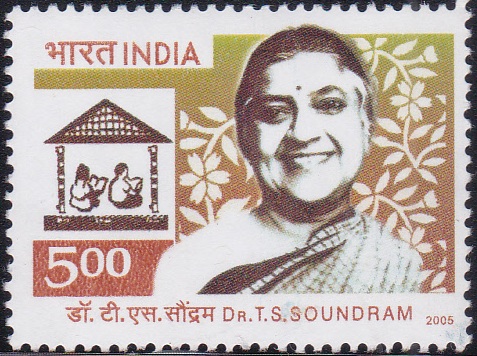
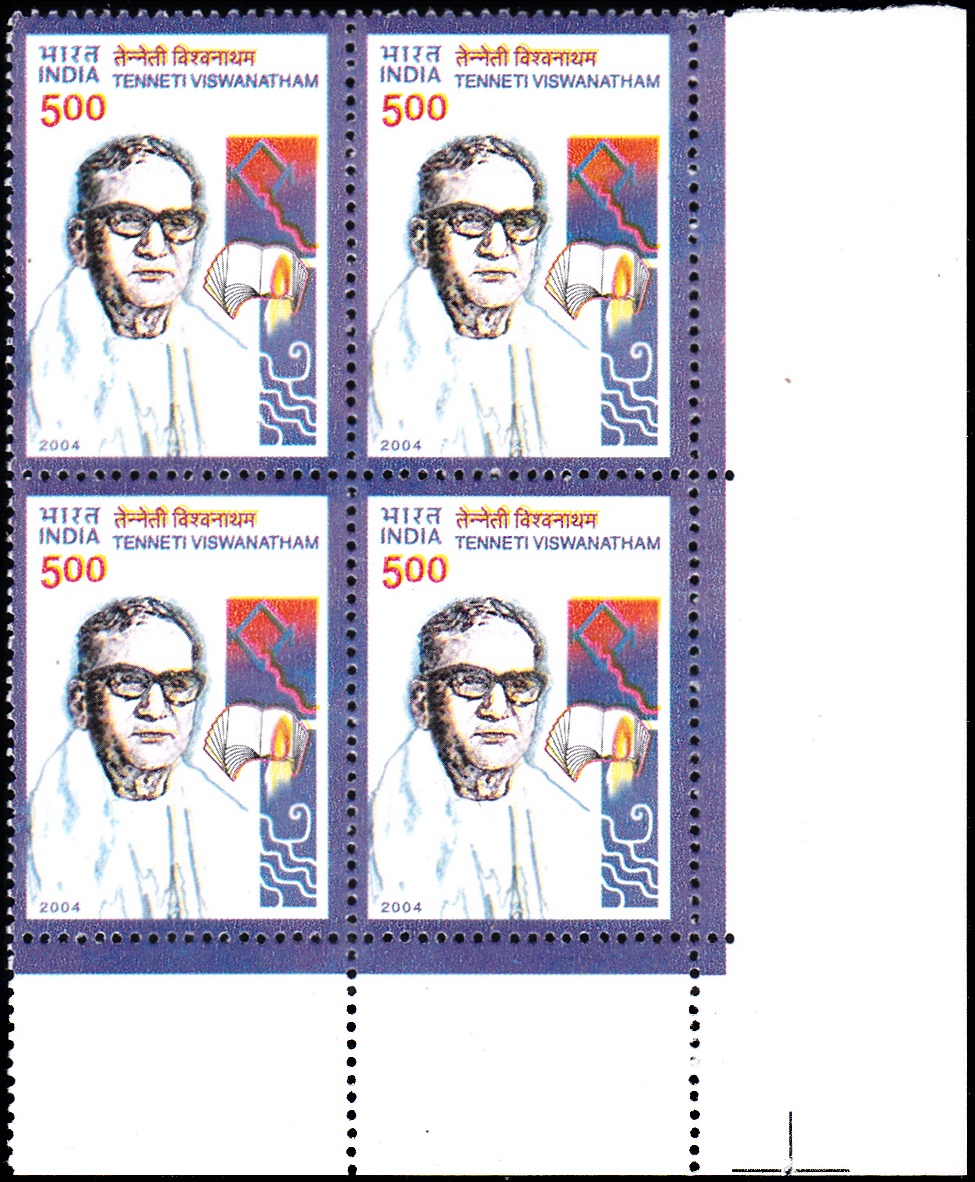
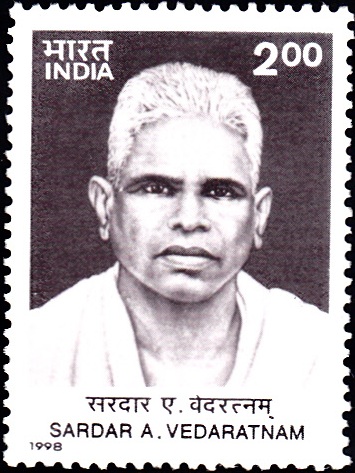
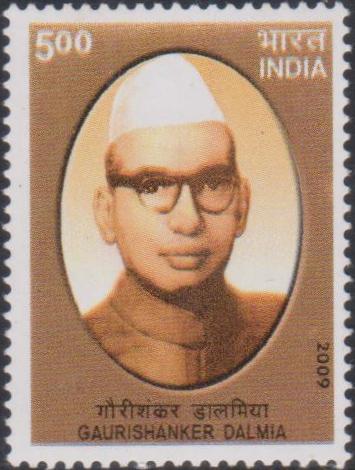
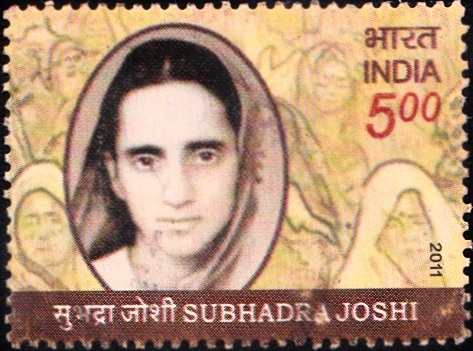
[…] presence of leaders like Pandit Motilal Nehru, Maulana Mohammed Ali, Maulana Abul Kalam Azad, Shri Jamnalal Bajaj, Shri Jawaharlal Nehru and tens of thousands of patriotic Indians who had gathered at […]
[…] kindred-most of spirits and requested him to adopt himself as his spiritual son in 1916. In 1921, Jamnalal Bajaj requested Gandhiji to give him his best and most trusted lieutenant at Sabarmati Ashram to be sent […]